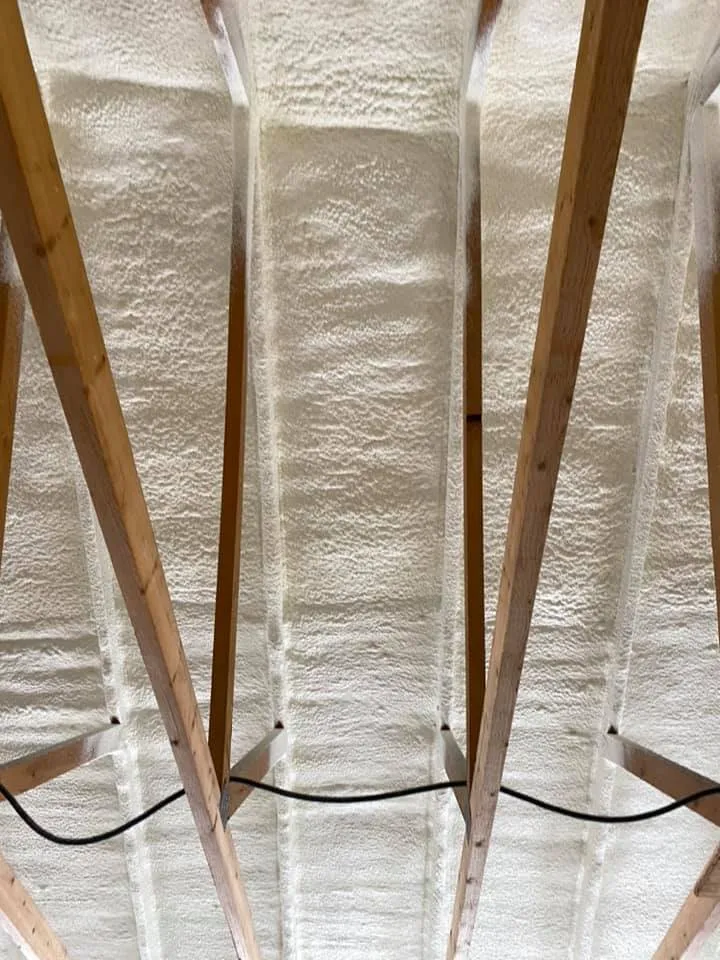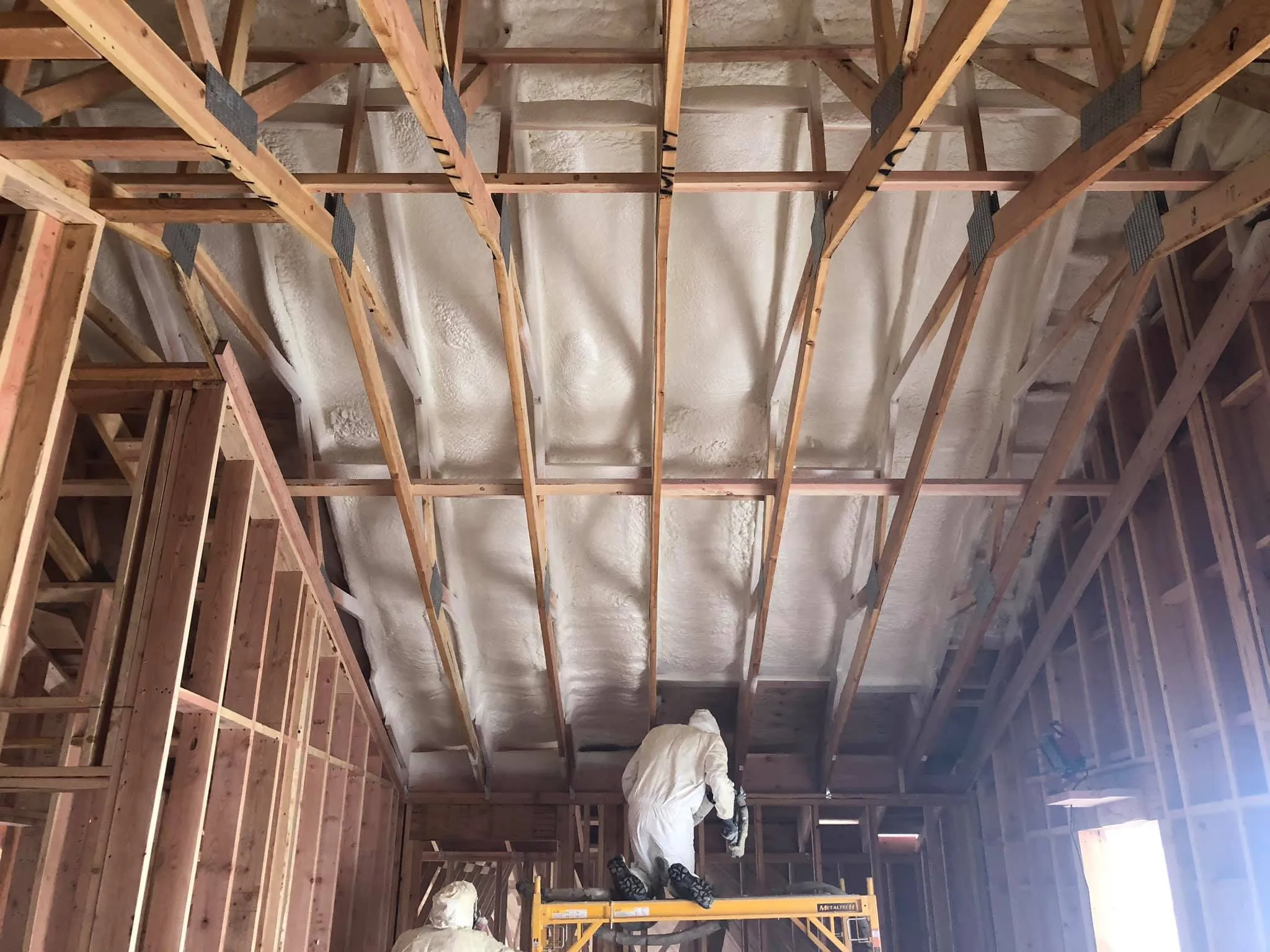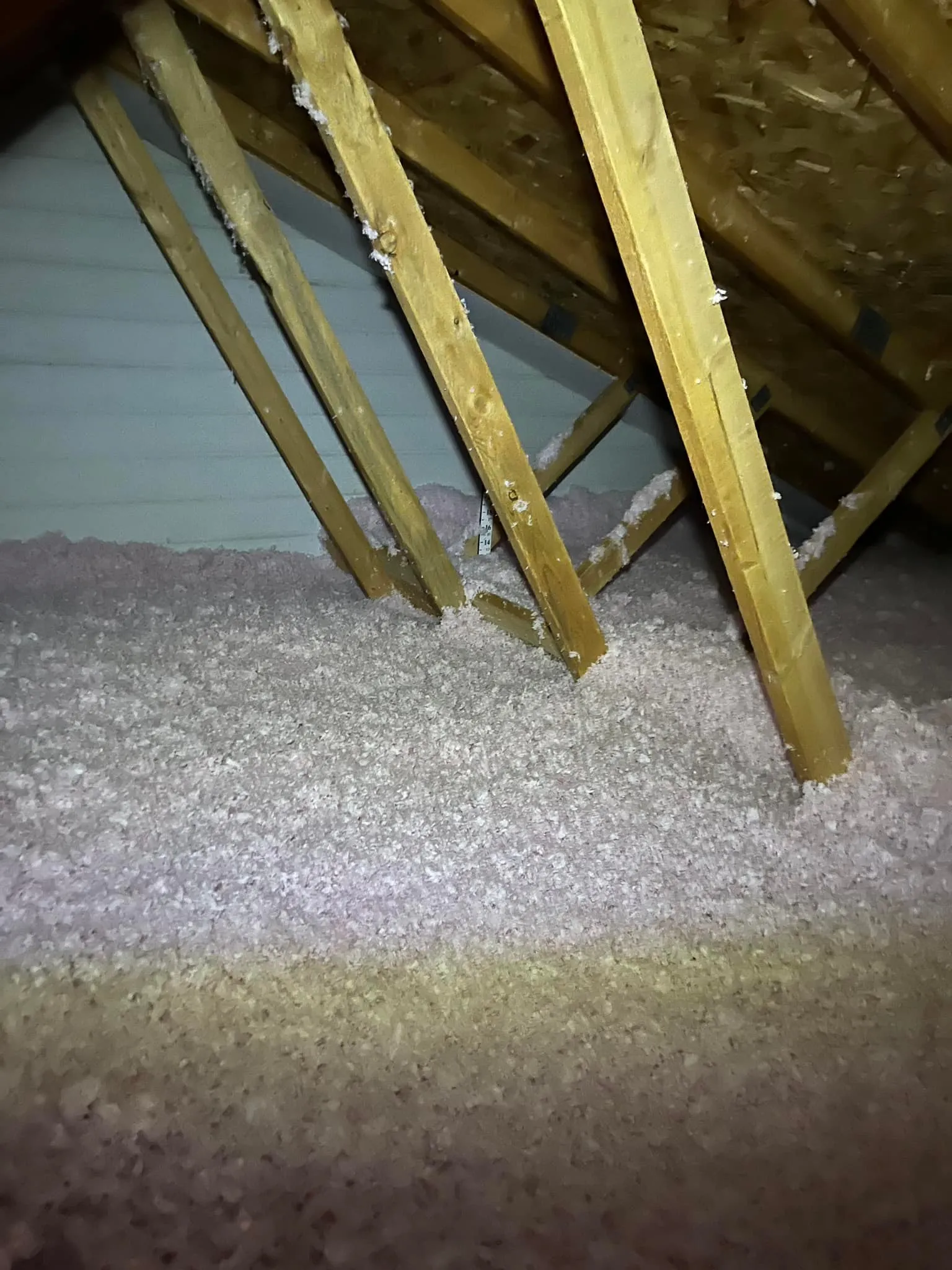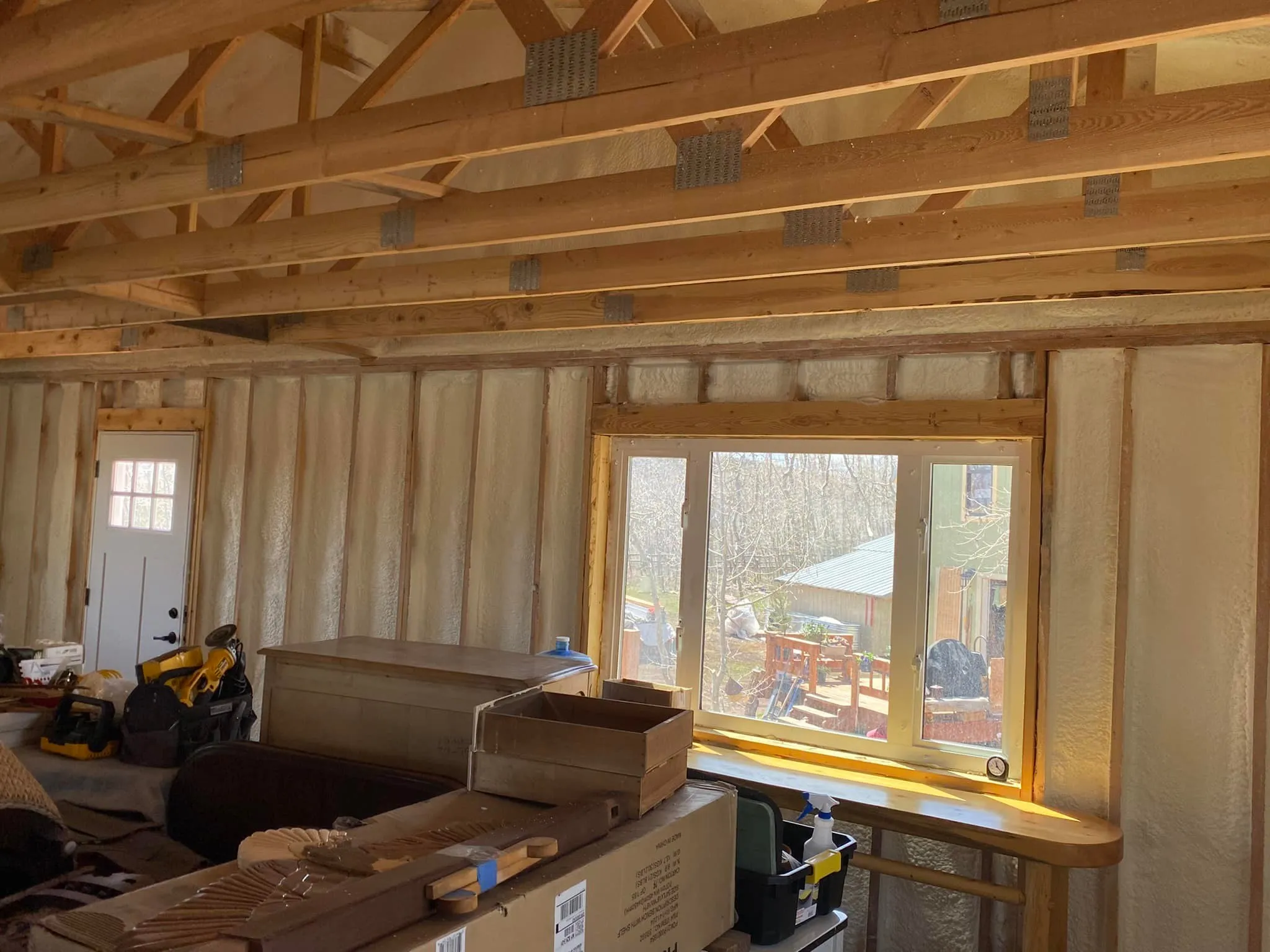

Spray foam insulation seals surfaces tightly, but applying it over a damp one traps moisture inside building materials. This leads to mold growth, wood rot, and structural damage over time. Experts recommend drying surfaces completely before any insulation work to avoid these problems.
This article explains the dangers in detail and offers practical steps to handle insulation correctly, drawing from years of hands-on experience with insulation projects in humid regions. Readers will gain clear knowledge on moisture management in such conditions. High Country Solutions has addressed many failed installations in this challenging environment.
Moisture in building materials creates ideal conditions for mold and bacteria. When spray foam covers a damp surface, it blocks air and evaporation, turning small water issues into major ones. Average annual rainfall exceeds 50 inches, according to data from the National Weather Service. This climate means walls and attics stay moist after storms, amplifying risks.
Structural integrity suffers next. Wood framing absorbs water, swells, and weakens when sealed. A study by the U.S. Department of Energy notes that trapped moisture can reduce wood strength by up to 50% within months. Metal components rust faster too, shortening the building’s life.
Health concerns follow. Mold spores spread through air ducts, causing respiratory problems. The Centers for Disease Control and Prevention reports over 21% of U.S. homes have detectable mold, with humid areas seeing higher rates. Families breathe in these spores daily without realizing the source.

Bonus Tip: Test surface dryness with a moisture meter before starting any job. Readings above 15% signal trouble ahead.
Humid subtropical climates push relative humidity above 70% for much of the year. Spray foam’s airtight seal prevents drying, unlike breathable materials. During summer, temperatures hit 90°F with evening thunderstorms, leaving surfaces damp for days.
Winter brings condensation risks. Cold nights drop indoor humidity onto cooler walls. Sealing over this leads to ice-like buildup inside walls, expanding and cracking materials. Local builders report more failures here than in drier regions.
Market data shows insulation issues cost U.S. homeowners $2.5 billion yearly in repairs, per a HomeAdvisor survey. In southern states, moisture-related claims rise 30% due to climate factors, underscoring the importance of exploring safer alternatives for damp conditions.
Rigid foam boards allow some vapor escape if installed with gaps. They cost less upfront and handle minor moisture better. Fiberglass batts paired with vapor barriers work in attics, letting air circulate.
For basements, closed-cell spray foam suits dry surfaces only. Open-cell versions absorb some water but still risk mold. Pros often choose mineral wool, which resists moisture naturally and improves soundproofing.
| Insulation Type | Moisture Resistance | Best Use | Cost per Sq Ft (Approx.) |
|---|---|---|---|
| Spray Foam (Closed-Cell) | Poor on damp surfaces; traps water | Dry attics/walls only | $1.50 – $2.50 |
| Rigid Foam Boards | Moderate; needs ventilation | Basements with drainage | $0.80 – $1.20 |
| Fiberglass Batts | Low; requires barriers | Walls with dehumidifiers | $0.50 – $1.00 |
| Mineral Wool | High; repels water | Humid areas like crawl spaces | $1.00 – $1.80 |
This table compares options based on performance in wet conditions. Costs reflect 2023 national averages adjusted for labor.
Bonus Tip: Combine insulation with exhaust fans in bathrooms and kitchens to cut indoor humidity by 20–30%.
Assess current moisture levels first. Check for leaks, poor grading, or high indoor humidity. In many areas, soil types hold water longer after rains, so inspect foundations.
Budget plays a role. Drying a surface adds time and cost—fans, dehumidifiers run $200–500—but prevents $5,000+ repairs later. Long-term energy savings from proper insulation outweigh shortcuts.
Local codes matter. Building standards require moisture control in new constructions. Older homes need retrofits to match. Consult pros familiar with regional rules.
Think about home age. Pre-1980 builds often lack vapor barriers, increasing risks. Future plans count too—if selling soon, avoid issues that scare buyers.
Bonus Tip: Schedule inspections during dry seasons, like fall, when surfaces show true conditions without recent rains.
Many wonder about quick fixes for slightly damp spots. Patching works short-term but fails under foam. Address the source, like fixing gutters, for lasting results. Clay soils drain slowly, so plan for that.
Others ask if open-cell foam differs. It absorbs water better than closed-cell but still seals too tightly for damp areas. Both types demand dry prep.
Ignoring dampness leads to hidden damage. Walls buckle, ceilings sag, and air quality drops. Insurance often denies claims for poor installation, leaving owners with full costs.
In one case, a homeowner sealed a wet crawl space. Within two years, mold forced evacuation and $15,000 in fixes. Prevention beats reaction every time.
Yes, but it takes effort. Use industrial fans and dehumidifiers for 48–72 hours. Test multiple spots, as humidity rebounds fast. Aim for under 12% moisture content.
Look for discoloration, soft spots, or musty smells. Meters provide accurate reads. In rainy seasons, err on caution—better safe than sealed wet.
No, even minor dampness traps water. Guidelines from the Spray Polyurethane Foam Alliance stress bone-dry prep. Humid climates make this non-negotiable.
High humidity and storms demand breathable or moisture-resistant options. Standard spray foam fails here without perfect conditions, which rarely last.
Encapsulate with vapor barriers and drainage first, then add safe insulation like foam boards. This setup handles groundwater common in lowland areas.
Trapping moisture with spray foam causes mold, rot, and health risks, especially in humid climates. Dry surfaces fully, choose alternatives for damp spots, and consider rainfall and humidity factors. Evaluate your home’s condition, budget, and codes to pick the right path. Match choices to long-term needs for a durable, safe space.
Property owners benefit from expert checks on moisture before projects. High Country Solutions offers guidance on safe methods suited to humid weather. Contact [email protected] or call (307) 248-9063 for straightforward advice on handling damp surfaces right. Take time to review options and avoid common pitfalls in these conditions.


